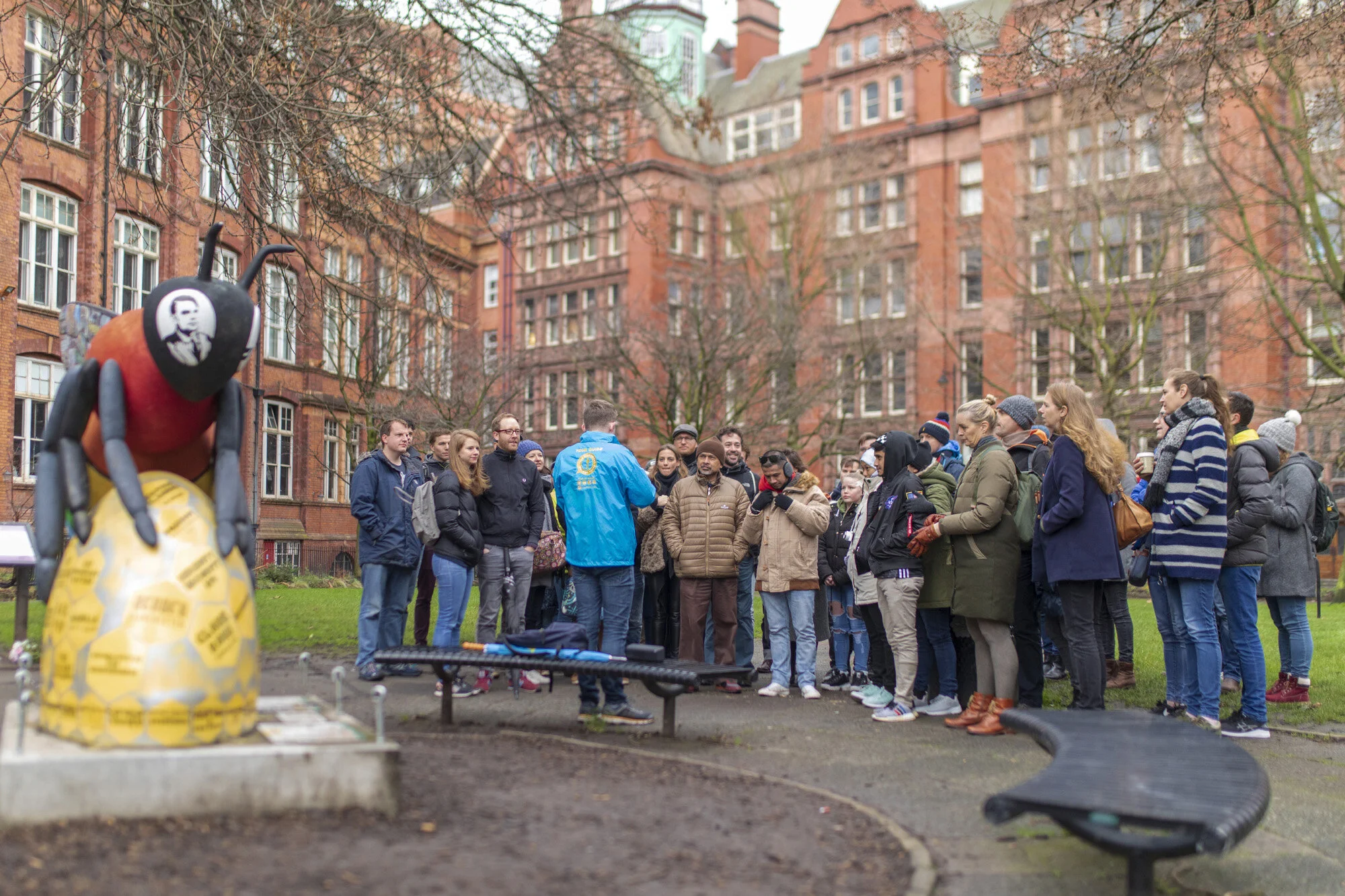Future Proof Your Med Spa Using GFEase Advanced Virtual Exam Tools
In today’s fast-evolving aesthetic and wellness landscape, staying ahead means more than offering luxurious treatments it means embracing technology that redefines care, convenience, and connection. GFEase Advanced Virtual Exam Tools empower med spas to create seamless, tech-forward client experiences that stand the test of time. Here’s how you can future-proof your med spa and rise as a leader in modern beauty innovation. The foundation of any safe aesthetic practice lies in a good faith exam for aesthetics, ensuring every client receives care suited to their needs.

- Redefining Client Consultations with Virtual Precision
Traditional consultations are no longer enough in a digital-first world. GFEase introduces intelligent, AI-driven exam tools that bring medical-grade precision into virtual spaces.
- High-definition virtual exams allow aestheticians and clinicians to assess skin conditions, facial symmetry, and texture in real time.
- Smart diagnostic features ensure accuracy comparable to in-person evaluations.
- Seamless documentation keeps every detail secure, making follow-ups effortless.
By integrating these tools, med spas can deliver reliable, data-backed recommendations from anywhere creating a perfect harmony between science and convenience.
- Elevating Client Engagement and Retention
Today’s clients crave personalized care that fits their busy lifestyles. Virtual exams make engagement continuous, not just transactional.
- Customized virtual consultations allow for instant communication and tailored treatment plans.
- Real-time feedback and visual mapping help clients see their progress with measurable results.
- Follow-up reminders and digital care plans enhance retention by keeping clients connected to their wellness journey.
This ongoing digital relationship transforms one-time visits into long-term loyalty, ensuring a steady stream of happy, returning clients.
- Expanding Accessibility and Reach
A med spa equipped with GFEase tools is not limited by geography. Clients can consult, schedule, and follow up from anywhere, dramatically expanding your market reach.
- Virtual accessibility attracts out-of-town and international clients.
- Convenient scheduling aligns with global time zones and lifestyles.
- Scalable services open new opportunities for memberships and subscription-based care.
Your spa becomes a borderless wellness destination, accessible to anyone seeking professional aesthetic expertise.
- Strengthening Professional Efficiency
Behind every stunning transformation is a team that thrives on efficiency. GFEase virtual tools streamline workflows and eliminate repetitive administrative tasks.
- Automated intake forms and secure records reduce manual data entry.
- AI-based analytics offer insights into client patterns, helping refine offerings.
- Integrated telehealth compliance ensures data security and professional integrity.
With less time spent on logistics, your team can focus more on what matters most providing exceptional care and cultivating client satisfaction.
- Preparing for a Smarter, Tech-Driven Future
The future of med spas is digital, intelligent, and deeply personal. GFEase Advanced Virtual Exam Tools give your business the foundation to adapt, evolve, and excel. By combining innovation with human expertise, your med spa can stay ahead of trends while delivering care that feels intuitive and effortless.






